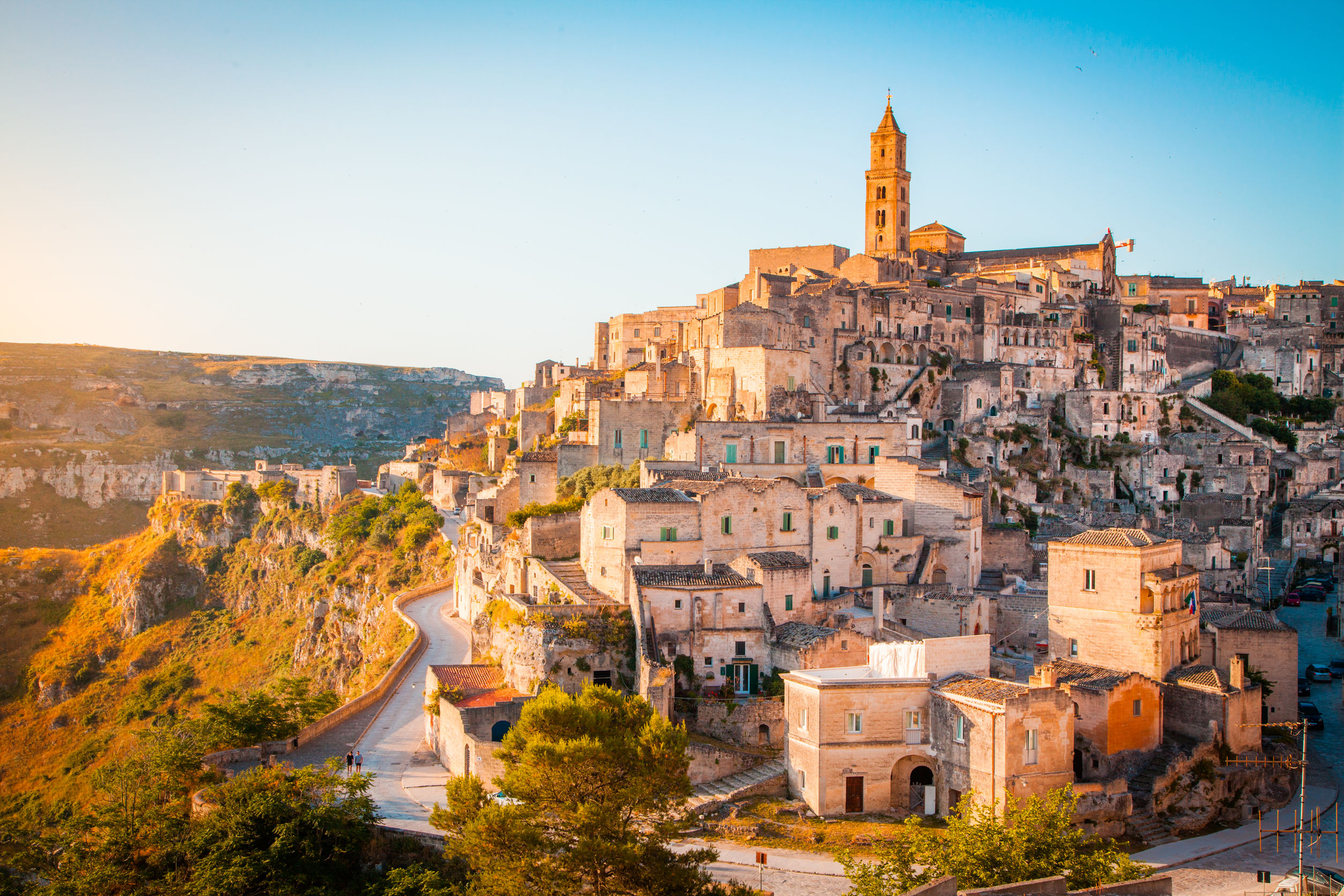Some of the biggest European countries are also known for having large populations.
But some of these biggest countries also have a small population and benefit from being hundreds of thousands of square kilometers in size.
Here are the ten biggest European countries ranked by size.
Table of Contents
The Biggest European Countries
| Number | Country | Total area (mi²) | Total area (km²) |
|---|---|---|---|
| 1 | Russia | 1,532,500 | 3,969,100 |
| 2 | Ukraine | 233,062 | 603,628 |
| 3 | France | 213,011 | 551,695 |
| 4 | Spain | 192,476 | 498,511 |
| 5 | Sweden | 173,860 | 450,295 |
| 6 | Norway | 148,718 | 385,178 |
| 7 | Germany | 137,988 | 357,386 |
| 8 | Finland | 130,559 | 338,145 |
| 9 | Poland | 120,728 | 312,685 |
| 10 | Italy | 116,347 | 301,338 |
1. Russia: 1,532,500 mi2 (3,969,100 km2)

Russia is the largest country in Europe. It spreads over both Europe and Asia, and it also has a large population. In recent years, Russia has been one of the key players in the world for energy resources.
It also has some of the best natural wood resources and is known for its manufacturing role in Europe, especially in the steel industry.
Russia’s vastness allows it to have direct access to the Black Sea in Europe as well as to its neighbor, China, in the far east.
This country has some of the largest cities in Europe as well – both Moscow and Saint Petersburg are larger than most other cities on the continent.
Russia also has some of the largest areas of untapped territories since many of them are uninhabited. Due to its vast surface, Russian village life is at least as important as Russian urban living.
This makes Russian culture one of the most diverse in Europe. Russia has not been a member of the G8 since 2014.
It has been disinvited, and the world economic forum temporarily changed its status to G7.
2. Ukraine: 233,062 mi2 (603,628 km2)
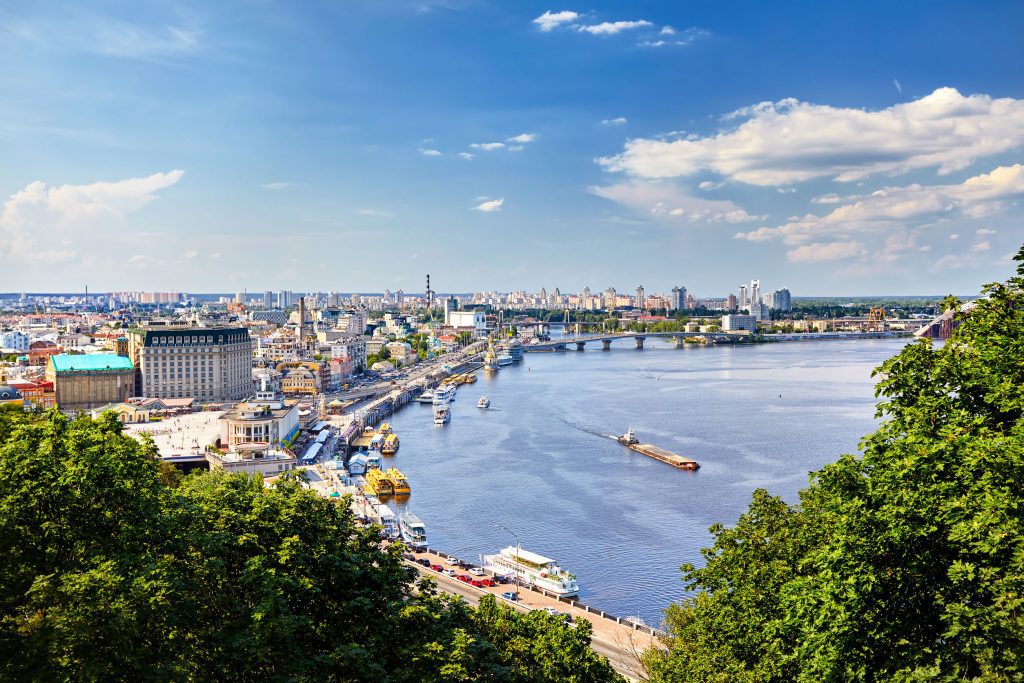
Ukraine is the second-largest country in Europe. It’s not a member of the European Union at the moment, and unless the current military conflict fast-tracks its entry, it’s unlikely to become an EU member state anytime soon.
But its vast land resources make it one of the main agricultural players in Europe. The country’s rich and troublesome history also makes it an interesting destination for tourists.
3. France: 213,011 mi2 (551,695 km2)
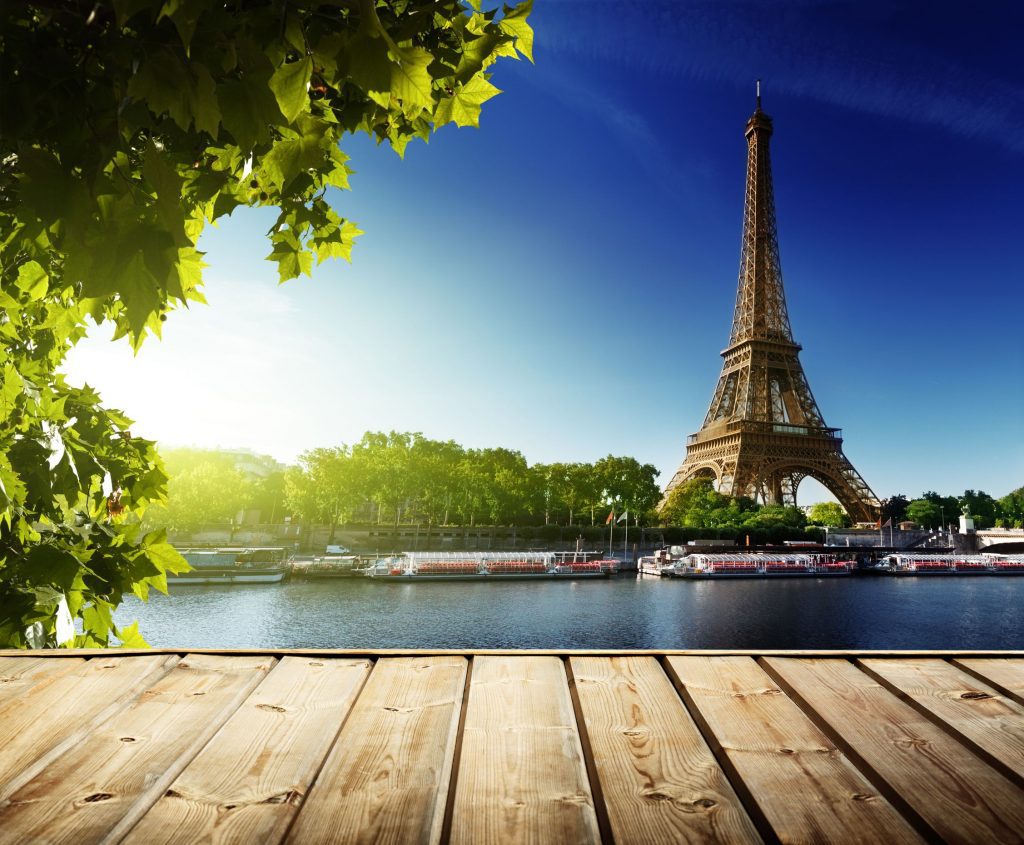
France is the third-largest country in Europe and has a population of 67 million people. It’s one of the countries that have the largest potential for population growth, especially from colonial countries.
France is also a part of the G8 Summit as a heavily-industrialized country. Its economic engines include automotive engineering, tourism, and other manufacturing categories.
This country also makes some of the best wines in the world. Natural resources are vast in France, and they offer some of the best sceneries for outdoor sports fans in the entire world.
4. Spain: 192,476 mi2 (498,511 km2)
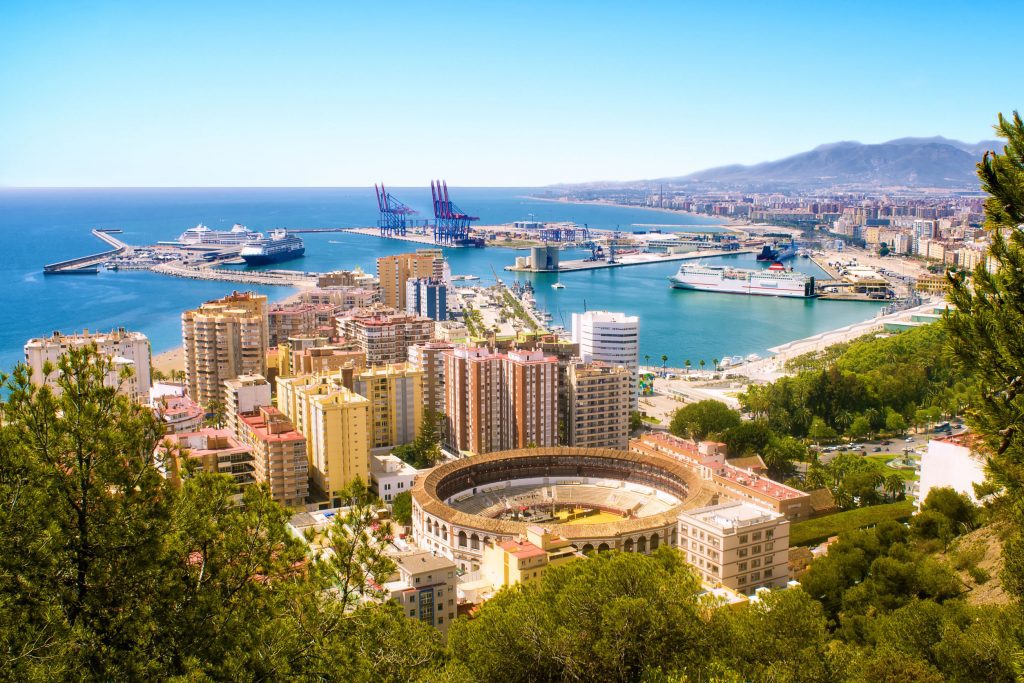
Spain is the 4th largest country in Europe. It has an approximate population of 47 million and is one of the most diverse Mediterranean countries in Europe.
Madrid and Barcelona are the most important cities in the country by political and economic standards.
Spain is also known for its great food and amazing beaches – this is why the country is one of the main tourist hotspots in Europe.
Spain also has some of the most popular islands for tourism and leisure around the world. And many of these islands aren’t even close to mainland Spain. They include Tenerife, Mallorca, Gran Canaria, Lanzarote, and Ibiza.
5. Sweden: 173,860 mi2 (450,295 km2)
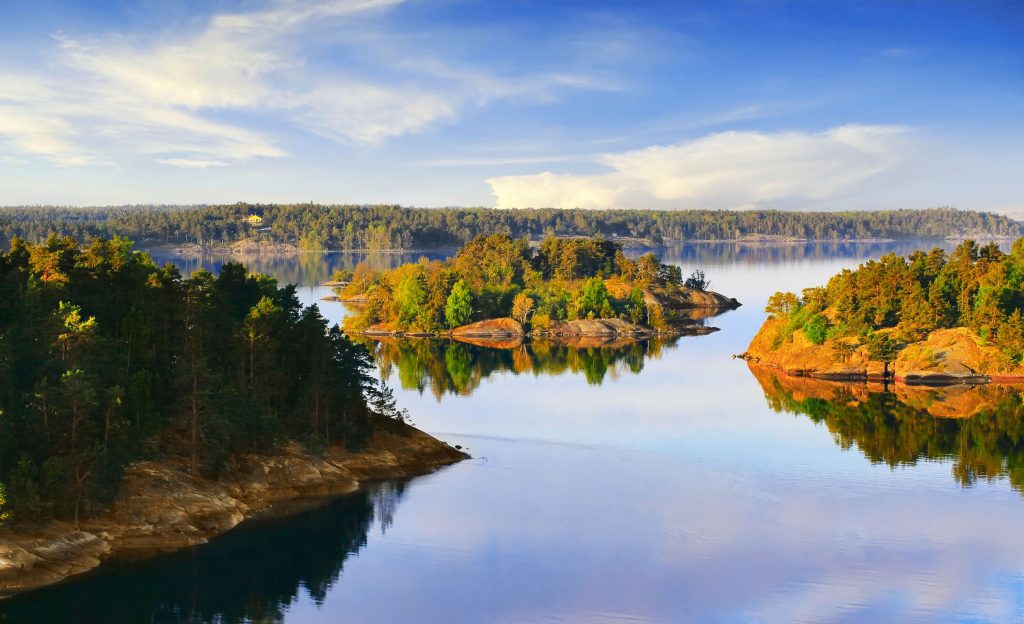
Sweden is the 5th largest European country with a population of 10 million. It has the largest population from all of the Nordic countries (compared to Norway and Finland).
It has been traditionally known as one of the countries with a high influence in human rights campaigns.
Sweden is also a country with vast natural resources. Given its rather small population to land ratio, it has the potential for growth in areas such as manufacturing and tourism.
6. Norway: 148,718 mi2 (385,178 km2)
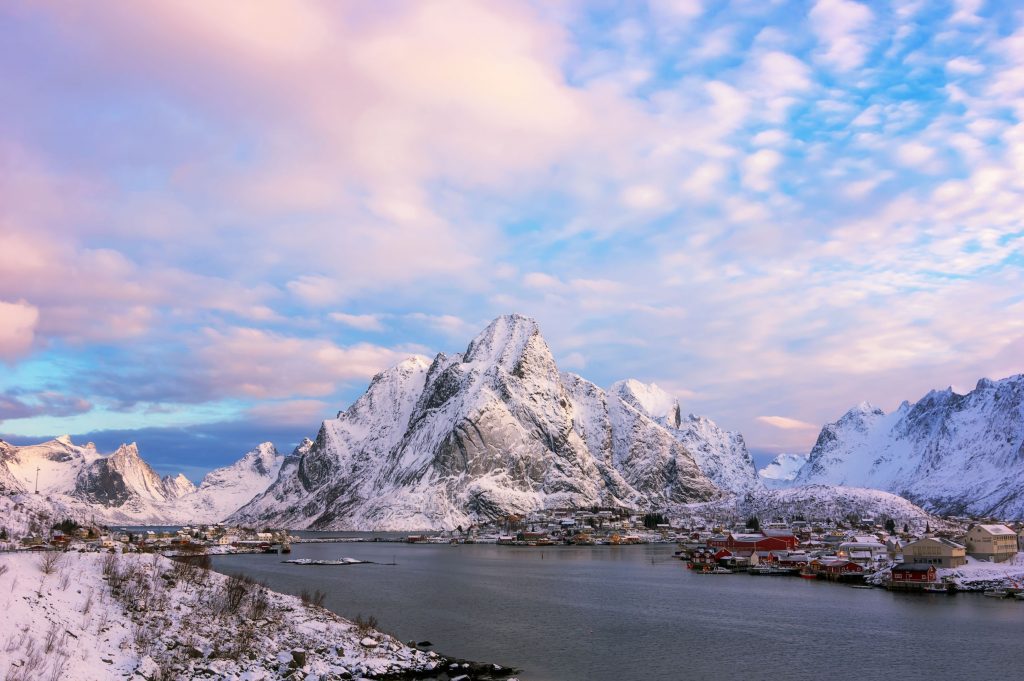
Norway is a northern European country and comes in at number six on our list. The country is known for its vast fjords and impressively high mountain peaks.
Norway has a rich Viking history, and it was involved in some of the most important battles of the continent during the Viking period.
Today, Norway is a rich country, made possible through the exploitation of vast natural resources such as petrol. Oslo is the country’s largest city.
7. Germany: 137,988 mi2 (357,386 km2)
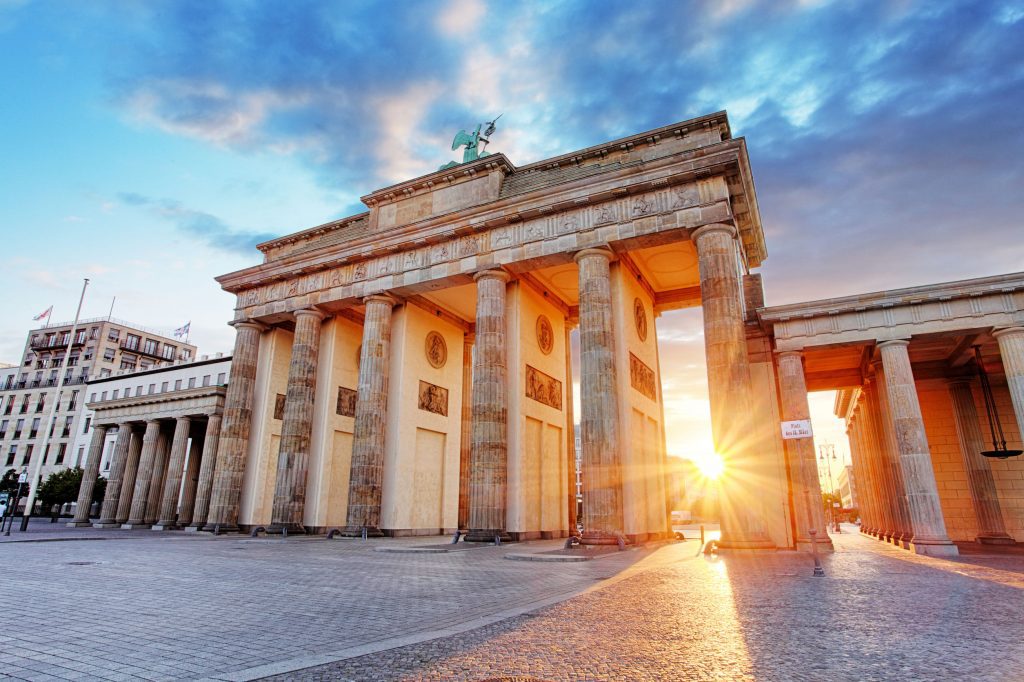
Germany is Europe’s 7th largest country. It has a large population of 83 million and is one of the main destinations for expats looking to build careers in manufacturing, engineering, arts, sciences, and medicine.
Germany is a G8 country and one of the most important countries of the European Union together with France, based on economic influence.
It is the largest car manufacturer in Europe and one of the most important countries for tech research in the world.
8. Finland: 130,559 mi2 (338,145 km2)
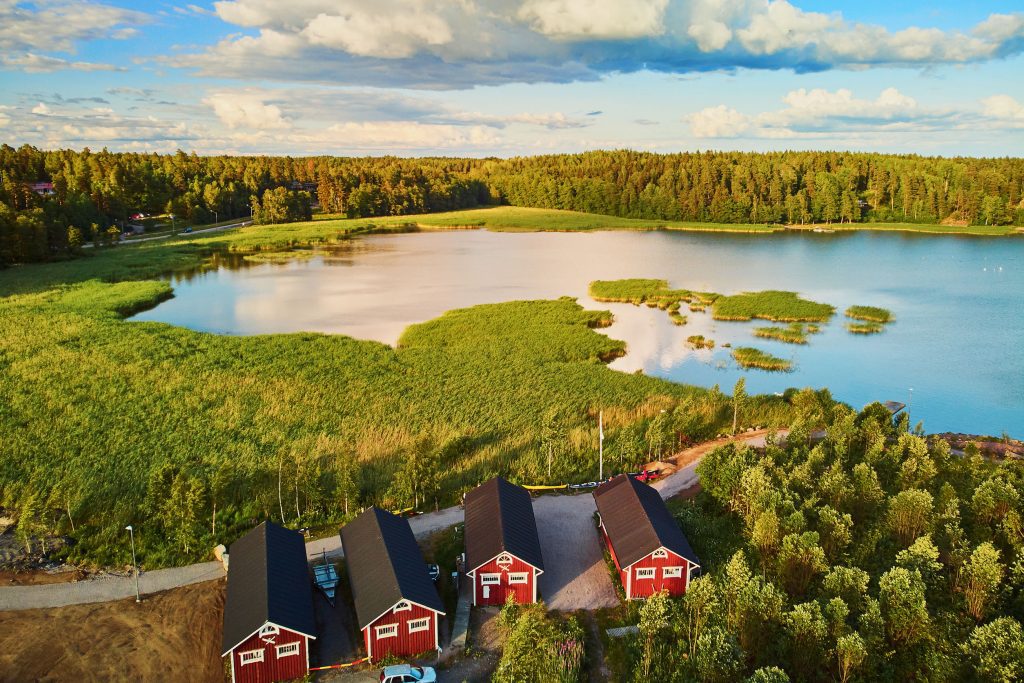
Finland is one of the largest countries in Europe, but it has a small population of just five million people.
This makes it one of the best countries for a nature lover or for those who aren’t fond of large metropolitan areas.
Its largest city of Helsinki only has a population of 650,000. This equates to the combined population of the next three big Finish cities of Espoo, Tampere, and Vantaa.
9. Poland: 120,728 mi2 (312,685 km2)
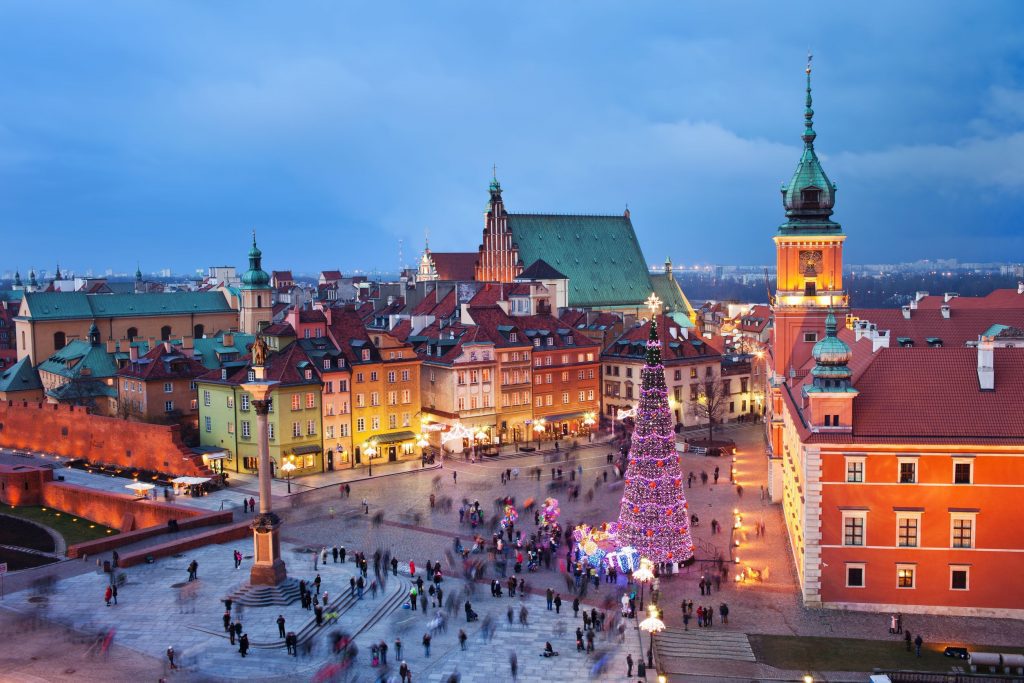
Poland is the 9th largest country in Europe. It has a population of 38 million and it represents a strong European country in the areas of agriculture, information technology, and tourism.
The country has one of the best emergent economies in Europe. Growth potential is high given its location bordering Germany and it being part of the European Union.
10. Italy: 116,347 mi2 (301,338 km2)
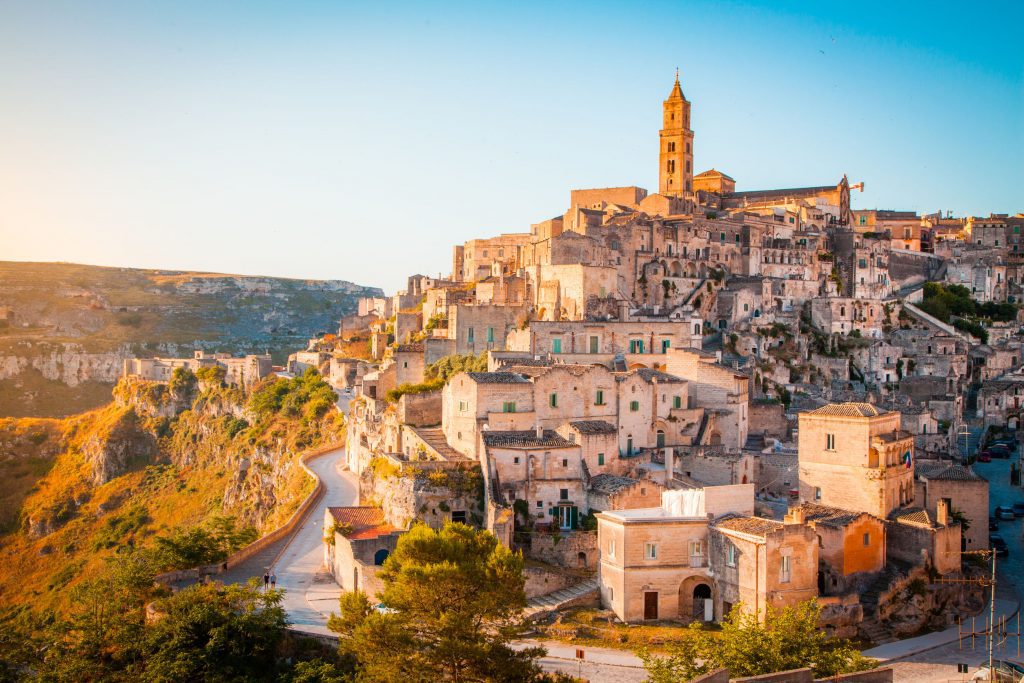
Italy is the 10th largest country in Europe. It’s one of the few European countries that are part of the G8. The country is known for its large peninsula and its adjacent islands.
The capital of Italy is Rome, one of Europe’s historic cities and the old capital of the Roman Empire.
Today, Italy has a strong manufacturing role in Europe. It also has a strong influence on design and fashion.
The country is also known as a tourist hotspot with plenty of cities connected to other countries through international flights.

